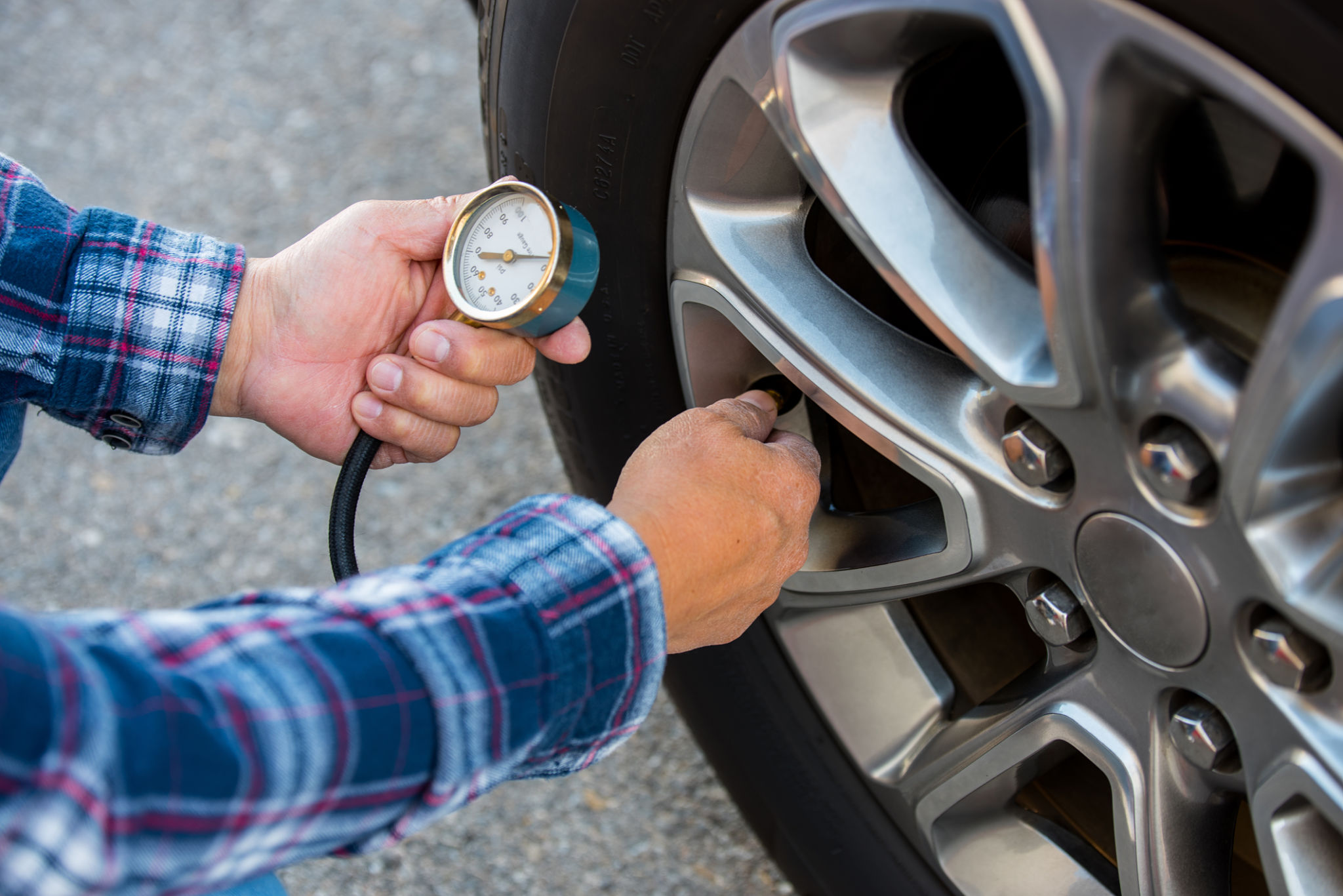Top 5 Myths About Tyre Wear Debunked by Automotive Experts
Myth 1: Tyre Wear is Always Even
One common misconception is that tyre wear occurs evenly across all tyres. In reality, uneven tyre wear is more common than you might think. Factors such as improper wheel alignment, incorrect tyre pressure, and inconsistent vehicle loading can lead to uneven wear patterns. Regularly rotating your tyres and ensuring proper alignment can help maintain even wear.
It's crucial to frequently check your tyre tread and look for signs of uneven wear. If you notice one side of the tyre wearing faster than the other, it might be time for a professional check-up.

Myth 2: New Tyres Don’t Wear Out Quickly
Many people believe that new tyres are invincible. However, new tyres can wear out quickly if not properly maintained. Driving habits, road conditions, and climate all play significant roles in how fast tyres degrade. Aggressive driving, for instance, can lead to faster tread wear due to increased friction and heat.
To prolong the life of your new tyres, ensure they are inflated to the recommended pressure, avoid aggressive driving, and conduct regular inspections to catch any issues early.
Myth 3: Tyre Age Doesn't Matter
Some drivers assume that if a tyre doesn't look worn, it's still good to go. However, the age of a tyre is a critical factor in its performance and safety. Tyres degrade over time due to exposure to environmental elements like sunlight and ozone, which can weaken the rubber compound.
Automotive experts recommend replacing tyres every six to ten years, regardless of tread depth. Checking the manufacturing date on the sidewall can help you determine your tyre's age.

Myth 4: All-Season Tyres Are Perfect for Any Condition
All-season tyres are designed to provide adequate performance across a range of conditions, but they are not tailored for extreme environments. In areas with harsh winters or scorching summers, specialised tyres like winter or summer variants offer better performance and safety.
Choosing the right tyre type for your local climate can enhance safety and reduce the rate of tyre wear. It's essential to assess your driving environment before settling on all-season tyres as a one-size-fits-all solution.
Myth 5: Overinflating Tyres Improves Fuel Efficiency
A popular belief is that overinflating tyres can lead to better fuel efficiency by reducing rolling resistance. While there's some truth to reduced resistance, overinflation can compromise tyre performance and safety by decreasing traction and increasing the risk of a blowout.
Maintaining the manufacturer-recommended tyre pressure is crucial for both safety and efficiency. Regular pressure checks ensure optimal performance without risking undue tyre wear or safety hazards.
